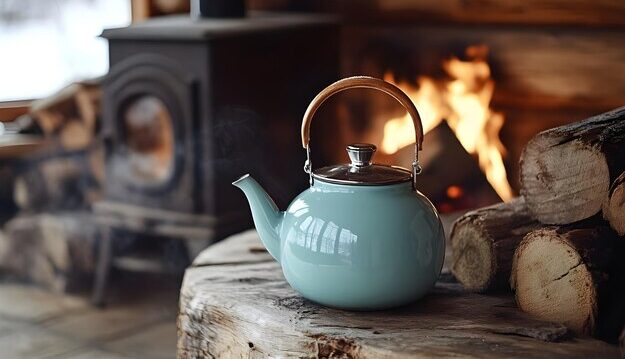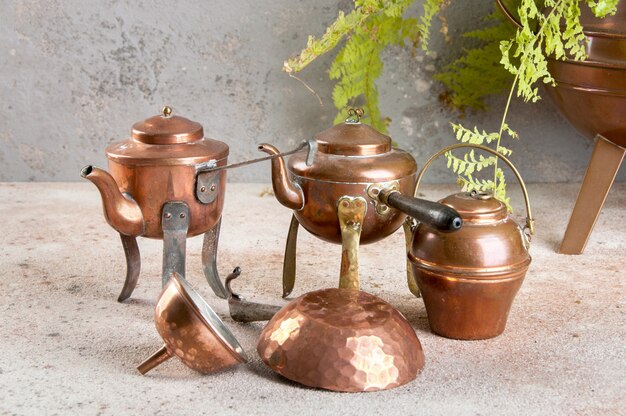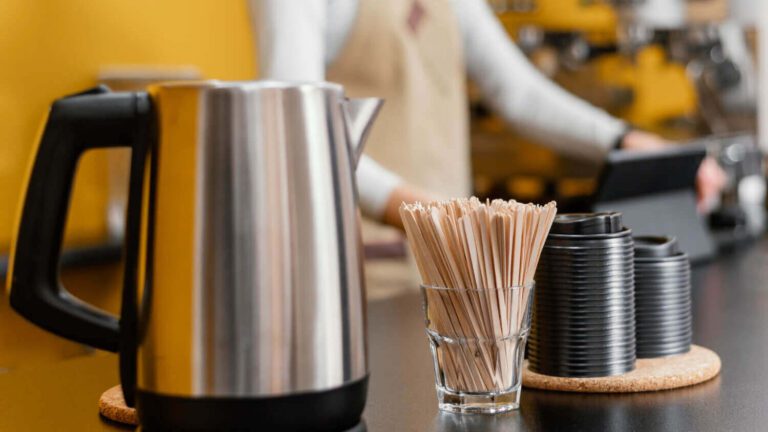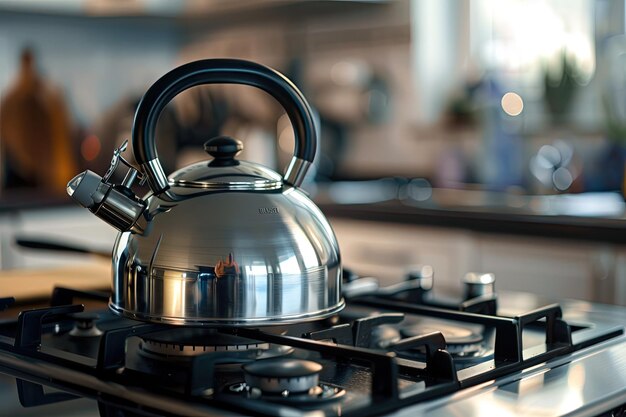Stovetop Kettle Safety: Best Practices for Safe Daily Use
Stovetop kettles have also been popular household kitchenware for generations. They are appreciated for their timeless design and ability to boil water for tea, coffee, and other hot drinks.
Though they are basic and durable commodities, misuse leads to risks, including burning, scalding, or even igniting a fire.
This article introduces major stovetop kettle safety measures, guides users in preventing incidents, and improves the safe operation of this common kitchen appliance.
Searching for the Best Stovetop Kettle for your home? Check out our top recommendations and read our guide to discover all the essentials for brewing a flawless cup of tea or coffee every time.
In This Guide:
Stovetop Kettle Safety Tips: Smart Ways to Select and Use Kettle
How to Avoid Burns and Accidents While Using Kettles:
Heat Source Safety for Gas, Electric, and Induction Stoves:
Maintenance Tips for Stovetop Kettles:
Emergency Safety Tips: A Quick Guide to Staying Safe
How to Respond to a Kettle Fire:
If you find your room on fire, switch off the heat source and extinguish the fire with a fire blanket or a piece of damp cloth. Don’t use water for unknown types of fire; it is also forbidden to use water with oil or grease fires. If necessary, call the fire department.
First Aid for Burns and Scalds:
For minor burns, run the affected body part under water until the water running over it becomes cold, which should take about 10 minutes. Pad it with an antiseptic dressing, then cover it with a sterile, non-adhesive dressing. Avoid getting severe burns; if they happen, they should be treated by a doctor.
When to Seek Medical Attention:
Call your doctor for severe burns that appear to penetrate deeper layers of the skin, are large, or are in delicate areas such as the face, hands, or feet.
Frequently Asked Questions:
Conclusion: A Recap of Best Safety Practices
Adherence to stovetop kettle safety measures will greatly reduce the chance of an incident and increase the appliance’s lifespan.
Basic precautions such as selecting the proper material, controlling the heat source, and frequent checks help prevent fire outbreaks in the kitchen.
Please pass on the following safety measures to acquaintances to encourage the right kettle use and avoid accidents in the kitchen.






